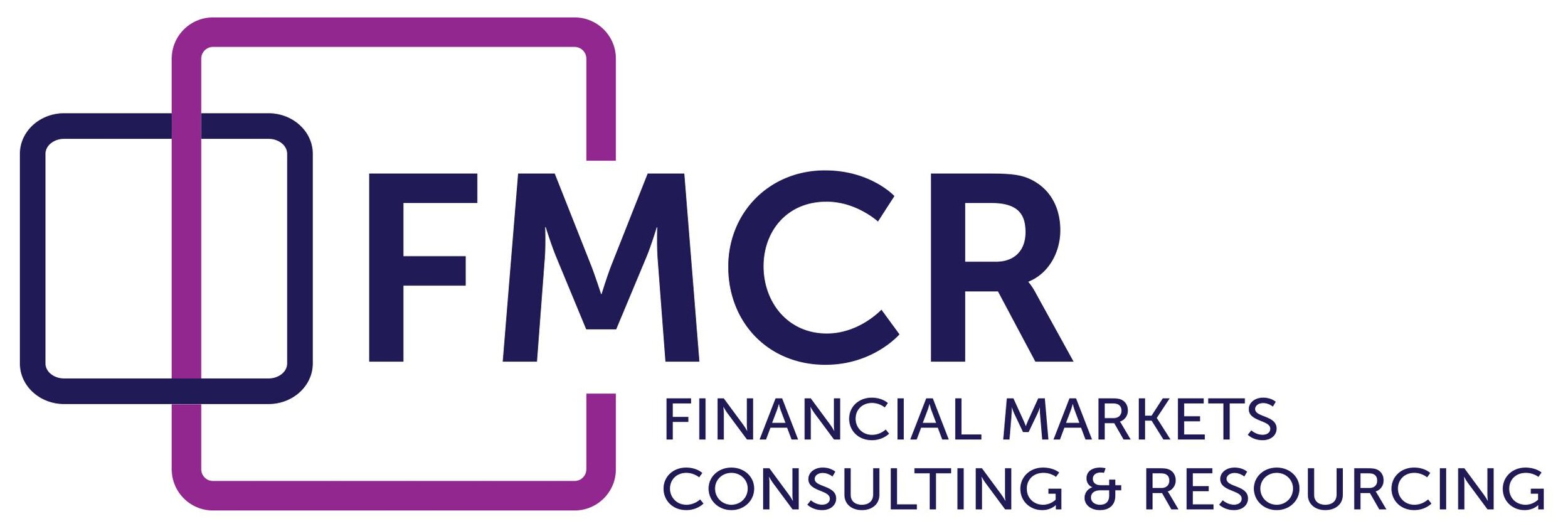Best Practice – The Use of GenAI in the Derivatives Market
ISDA has published a white paper setting out its guidance for industry stakeholders, regulators and technology providers who are looking to harness the power of generative artificial intelligence, or 'genAI' as it’s known, in the over- the-counter (OTC) derivatives market.
Those not familiar with the term will be asking ‘what is genAI?’.
GenAI is a novel set of algorithms that can automatically generate new content by synthesising existing content.
Unlike traditional AI, which relies on pre-existing data sets to make predictions or classifications,
genAI has the unique ability to create entirely novel content based on patterns learned from training data. Such tools can be used to improve operational efficiency in the OTC derivatives industry as well as assisting market participants in their risk mitigation practices.
ISDA highlights several possible uses for genAI in the derivatives market;
Firstly, it has the ability to create new language based on precedent and to synthesise data in a human-readable summary. In the OTC market it can summarise complex derivatives agreements and suggest clauses based on deal terms and firms’ existing precedent agreements, accelerating negotiations and reducing drafting costs. It could also be used to extract unstructured data from derivatives documentation to provide summaries of derivatives transactions required for operations and front-office processes.
While not a replacement for a human lawyer, it can significantly accelerate the review process. It can act as an additional regulatory compliance check, synthesising various jurisdictional regulations and industry and firm standards and provide checks against trades and trade documentation, presenting these in an easy-to-read format.
Secondly, genAI can be used in application development to propose new codes. ISDA commented that McKinsey estimated that using genAI can make coding up to 57% faster.
The third use is to analyse data, including nuanced human emotion data, to provide market insights that can be useful in trading.
Fourthly, it can improve operational efficiencies, such as summarising margin and collateral requirements and assisting in determining the least costly collateral or create synthetic data that can be used for model testing.
Lastly, genAI can be used to assist in the development of derivatives markets in emerging markets by aiding firms to summarize local regulations and market conditions.
But, while genAI potentially offers a number of highly beneficial potential uses it also brings significant risks and challenges - GenAI needs a large amount of data to train the models, so the risk of data breaches could be a significant challenge and lead to possible reputational, confidentiality, intellectual property and legal risks.
The use of genAI for trading purposes, without proper qualified oversight, could potentially lead to regulatory issues which lead to fines and sanctions.
Additionally, there is significant risk of model failure in which the results produced are sub-standard or simply false. This could lead to erroneous trades and distrust within firms.
The use of genAI in the derivatives market presents a myriad of challenges, primarily revolving around regulatory compliance, ethical concerns and risk management.
From the perspective of regulators, the inherent complexity and opacity of genAI models make it challenging to effectively understand, monitor and control these systems. GenAI models can autonomously learn and adapt, which might result in unpredictable behaviour that could violate existing market regulations.
Implementing best practices in this area requires collaboration between regulators, industry experts and AI developers to establish comprehensive guideline and standards. Initiatives to promote the ethical use of AI, such as the development of industry standards for responsible AI applications in finance, are crucial.
ISDA conclude their white paper by setting out a set of proposed best practices around potential data and security risk, potential model risk and potential ethical risks and they encourage firms to formulate a comprehensive governance framework for their own use of genAI and that of their third-party vendors.
Lastly and most importantly, ISDA stresses that companies should ensure that the recommendations and presentation of material produced by AI are acted upon only by humans who can take responsibility for the ultimate decisions of their firms.
In these days of being able to pinpoint personal regulatory responsibility for firms’ problems we can be sure that this is a precept the regulators will home in on.
For further insight and assistance in managing the risks within this fast-advancing and complex area of trading, please contact FMCR at contact@fmcr.com.
